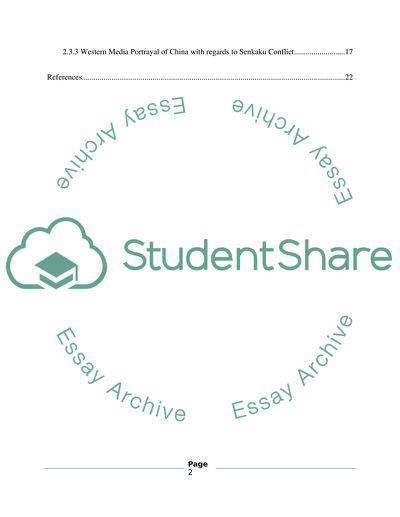Cite this document
(“An Analysis of How the UK Newspapers Reported the Senkaku Islands Literature review”, n.d.)
Retrieved de https://studentshare.org/journalism-communication/1674092-how-objective-is-western-medias-international-coverage-around-china-when-geo-political-interests-are-at-stake-an-analysis-of-how-the-uk-newspapers-reported-the-senkaku-islands-dispute
Retrieved de https://studentshare.org/journalism-communication/1674092-how-objective-is-western-medias-international-coverage-around-china-when-geo-political-interests-are-at-stake-an-analysis-of-how-the-uk-newspapers-reported-the-senkaku-islands-dispute
(An Analysis of How the UK Newspapers Reported the Senkaku Islands Literature Review)
https://studentshare.org/journalism-communication/1674092-how-objective-is-western-medias-international-coverage-around-china-when-geo-political-interests-are-at-stake-an-analysis-of-how-the-uk-newspapers-reported-the-senkaku-islands-dispute.
https://studentshare.org/journalism-communication/1674092-how-objective-is-western-medias-international-coverage-around-china-when-geo-political-interests-are-at-stake-an-analysis-of-how-the-uk-newspapers-reported-the-senkaku-islands-dispute.
“An Analysis of How the UK Newspapers Reported the Senkaku Islands Literature Review”, n.d. https://studentshare.org/journalism-communication/1674092-how-objective-is-western-medias-international-coverage-around-china-when-geo-political-interests-are-at-stake-an-analysis-of-how-the-uk-newspapers-reported-the-senkaku-islands-dispute.


